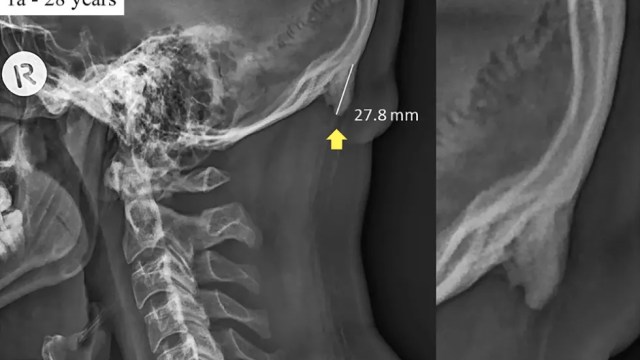Is Alien Life Hiding Beyond Earth 2.0?
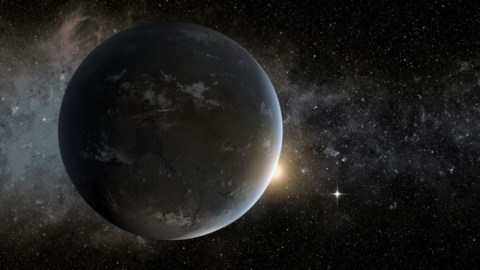
If we restrict ourselves to looking for extraterrestrial life on Earth-like worlds, we might miss it entirely.
When we think about life out there in the Universe, far beyond the limits of Earth, we can’t help but look to our own planet as a guide. Earth has a number of features that we think are extremely important — perhaps even essential — for enabling life to arise and thrive. For generations, humans have dreamed of life beyond Earth, striving to find another world similar to our own but with its own unique success story: our own Earth 2.0.
But just because life succeeded here on Earth doesn’t necessarily mean that life is likely to succeed on Earth-like worlds, only that it’s possible. Similarly, just because life hasn’t been found on non-Earth-like worlds doesn’t mean that it isn’t possible. In fact, it’s quite possible that the most common forms of life in the galaxy are very different from terrestrial life forms, and occur more frequently on worlds different than our own. The only way to know is to look, and that necessitates looking for observational signals that might cause us to rethink our place in the Universe.
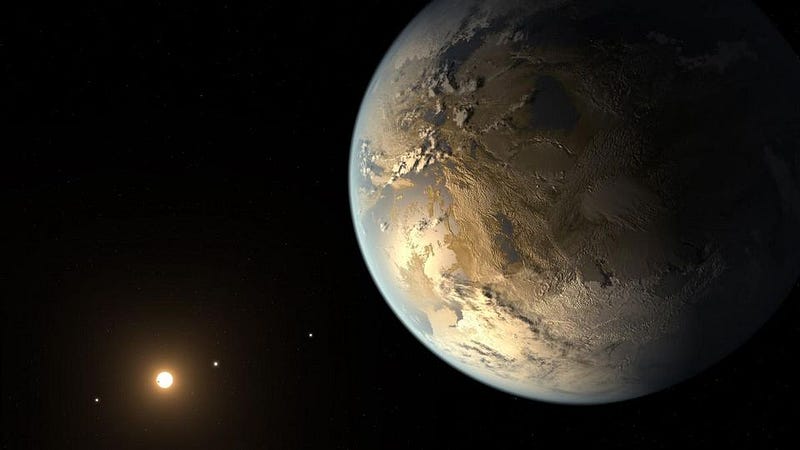
We have the right mix of light and heavy elements to have a rocky planet with a thin-but-substantial atmosphere and the raw ingredients for life. We orbit a star at the right distance for liquid water on our surface, with our planet possessing both oceans and continents. Our Sun is long-enough lived (and low-enough in mass) that life can evolve to become complex, differentiated, and possibly intelligent, but high-enough in mass that flares aren’t so numerous that they’d strip our atmosphere away.
Our planet spins on its axis but isn’t tidally locked, so that we have days and nights throughout the year. We have a large moon to stabilize our axial tilt. We have a large world (Jupiter) outside of our frost line to shield the inner planets from catastrophic strikes. When we think about it in these terms, looking for a world just like Earth — a proverbial ‘Earth 2.0’ — seems like a no-brainer of a decision.
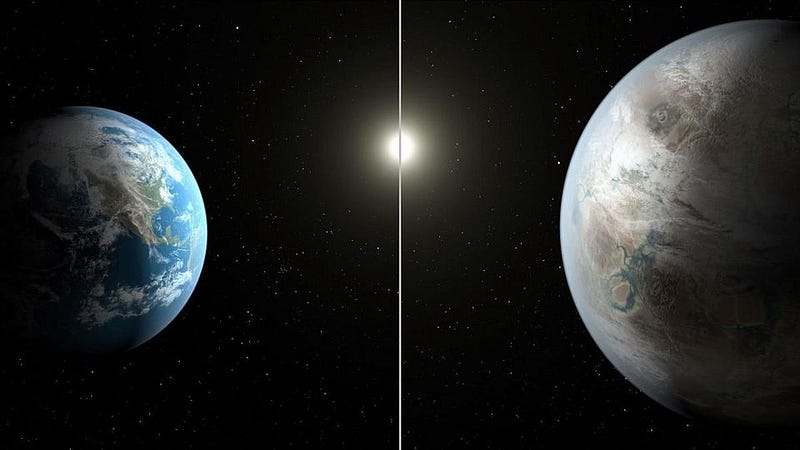
There are lots of reasons to believe that looking for a world as Earth-like as possible, around a star as Sun-like as possible, might be the best place to look for life elsewhere in the Universe. We know that there are very likely billions of Solar System that have at least somewhat similar properties to the Earth and Sun out there, thanks to our tremendous advances in exoplanet studies over the past three decades.
Since life not only arose but became complex, differentiated, intelligent, and technologically advanced here on Earth, it makes sense to choose worlds that are similar to Earth in our quest to find an inhabited world out there in the galaxy. Surely, if it’s arisen here under the conditions we ourselves have, it must be possible for life to arise again, elsewhere, under similar conditions.
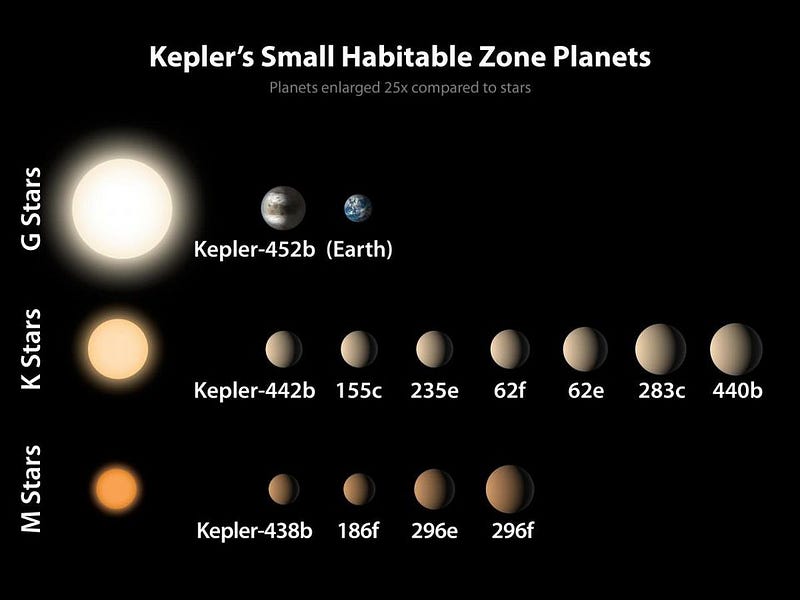
Practically no one in the exoplanet or astrobiology communities thinks that looking for worlds similar to a proverbial ‘Earth 2.0’ is a bad idea. But is it the smartest course of action to invest the overwhelming majority of our resources in solely looking for and investigating worlds that have these similarities to our own, life-rich planet? I had the opportunity to sit down and record a podcast with scientist Adrian Lenardic, who doesn’t agree with this position at all.
If science has taught us anything, it’s that we shouldn’t assume we know the answer before doing the key experiments or making the critical observations. Yes, we have to look where the evidence points, but we also have to look in places where we might think it’s unlikely for life to arise, thrive, or otherwise sustain itself. The Universe is full of surprises, and if we don’t give ourselves the opportunity to allow the Universe to surprise us, we’re going to draw biased — and therefore, fundamentally unscientific — conclusions.
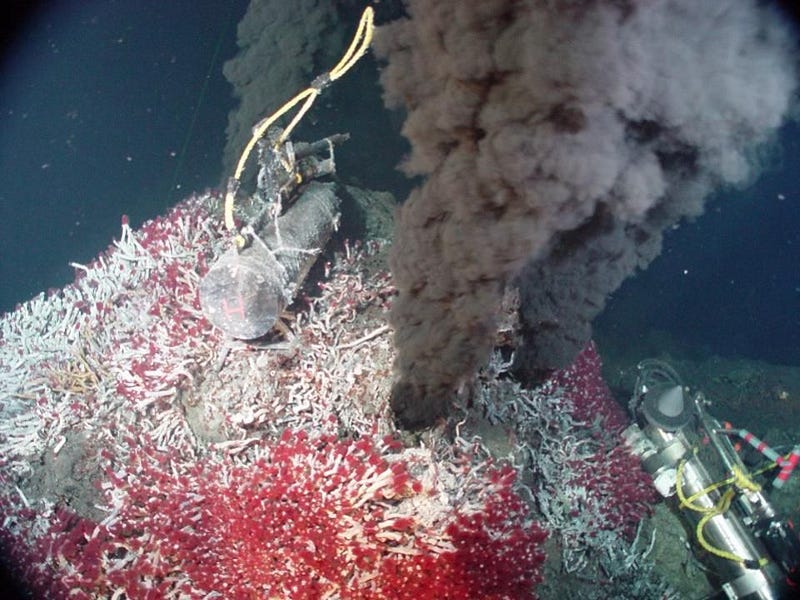
Our preconceptions about how life works have been wrong before, as what we thought were necessary restrictions turned out to be circumvented not only plentifully, but possibly easily and frequently.
For example, we once thought that life required sunlight. But the discovery of life around hydrothermal vents many miles beneath the ocean’s surface taught us that even in the absolute absence of sunlight, life can find a way.
We once thought that life couldn’t survive in an arsenic-rich environment, as arsenic is a known poison to biological systems. Yet not only have recent discoveries shown that life is possible in arsenic-rich locations, but that arsenic can even be used in biological processes.
And perhaps most surprisingly, we thought that complex life could never survive in the harsh environment of space. But the tardigrade proved us wrong, entering a state of suspended animation in the vacuum of space, and successfully rehydrating when returned to Earth.
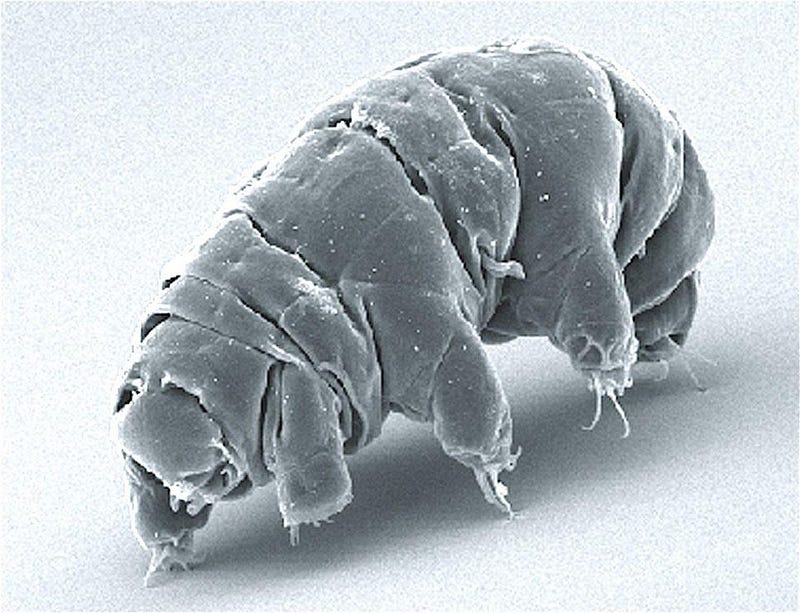
It has to make you wonder about what else might be out there. Could there be life in the subsurface oceans of Jupiter’s moon Europa, Saturn’s moon Enceladus, Neptune’s moon Triton, or even cold, distant Pluto? All of them orbit large, massive worlds (Pluto’s Charon counts), which exert tidal forces on the planet’s interior, providing a source of heat and energy, even in an environment where no sunlight can penetrate.
On rocky worlds without sufficient atmospheres to house liquid water, a subsurface ocean is still possible. Mars, for example, could have plentiful amounts of liquid groundwater beneath the surface, providing a possible environment for life to still exist. Even a thoroughly uninhabitable environment like Venus could have life, as the region above the cloud-tops, some 60 kilometers up, has Earth-like temperatures and air pressure.
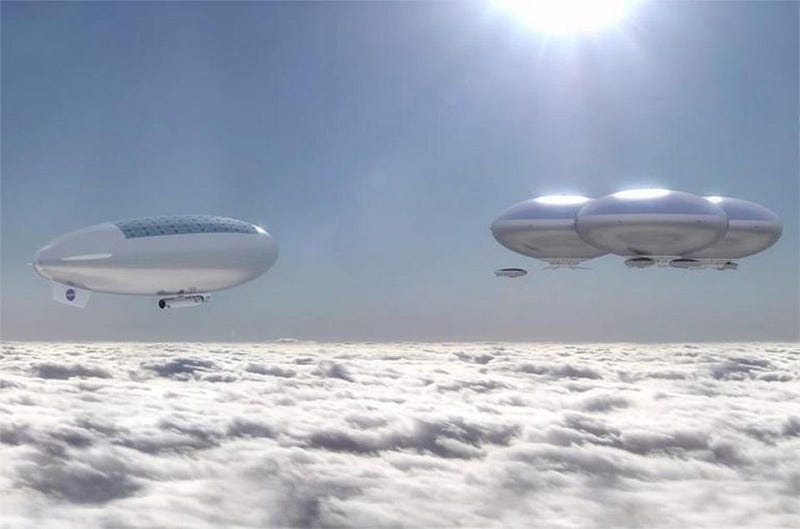
Sure, we might look at the most common class of star out there in the Universe — red dwarf (M-class) stars, which make up 75–80% of all stars — and come up with all sorts of reasons why life is unlikely to exist there. Here are just a few:
- M-class stars will tidally lock any Earth-sized (rocky) planets wherever liquid water is capable of forming on very short (~1 million years or less) timescales.
- M-class stars flare ubiquitously, and would easily strip away an Earth-like atmosphere on short timescales.
- X-rays emitted by these stars are too great and numerous, and would sufficiently irradiate the planet to make life as we know it untenable.
- And that the lack of higher-energy (ultraviolet and yellow/green/blue/violet) light would make photosynthesis impossible, preventing primitive life from coming into existence.
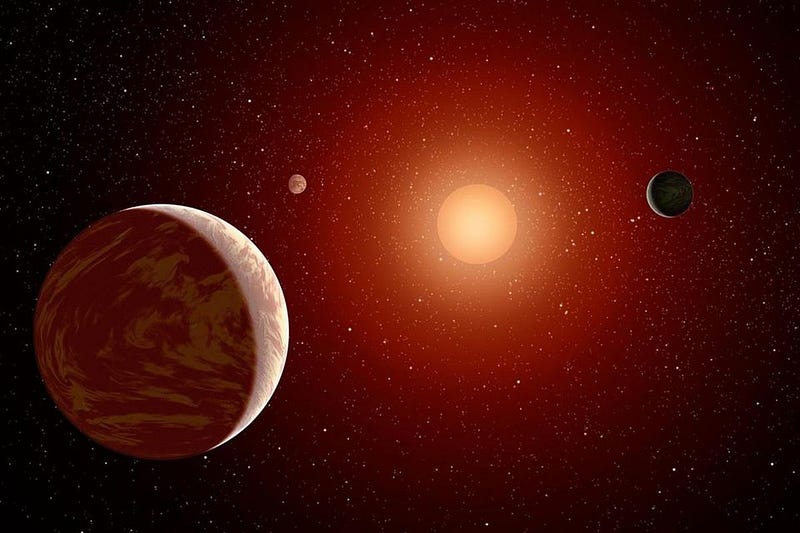
If these are your reasons for disfavoring life around the most common class of star in the Universe, where approximately 6% of these stars are thought to contain Earth-sized planets in what we call the habitable zone (at the right distance for a world with Earth-like conditions to have liquid water on its surface), you’re going to have to reconsider your assumptions.
Tidal locking might not be necessarily as bad as we thought, as magnetic fields and substantial atmospheres with high winds could still provide changes in energy inputs. A planet (like Venus) that continuously generated new atmospheric particles could potentially survive solar wind/flare stripping events. Organisms could dive to deeper depths during X-ray events, shielding themselves from the radiation. And photosynthesis, like all life processes on Earth, is only based on the use of 20 amino acids, but more than 60 additional ones are known to occur naturally throughout the Universe.
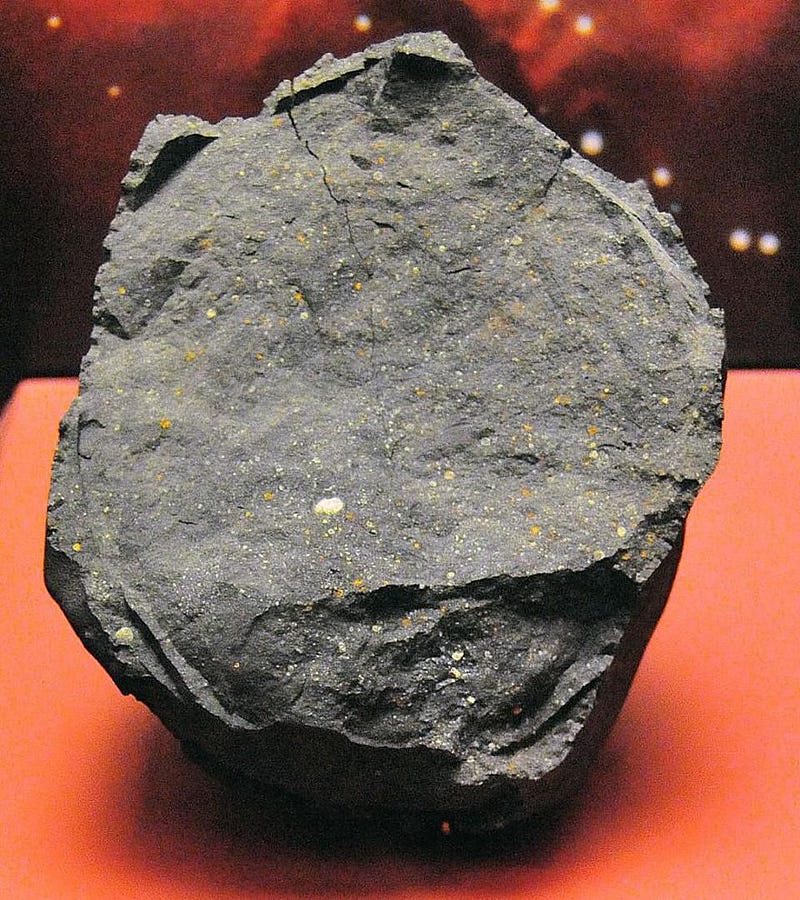
While we have every reason to believe that life might be ubiquitous — or at least have a chance — on worlds that are very similar to Earth, it’s also very plausible that life may be more plentiful on worlds that aren’t like our own.
Perhaps exomoons orbiting large planets (with large tidal forces) are even more conducive to life originating than a world like Earth is.
Perhaps liquid water on the planet itself isn’t a requirement for life, as perhaps the right kind of cell wall or membrane can enable water to exist in an aqueous state.
Perhaps radioisotope decay, geothermal sources, or even chemical sources of energy could provide life with the external source it needs; perhaps rogue planets — without parent stars at all — might be home to alien life.
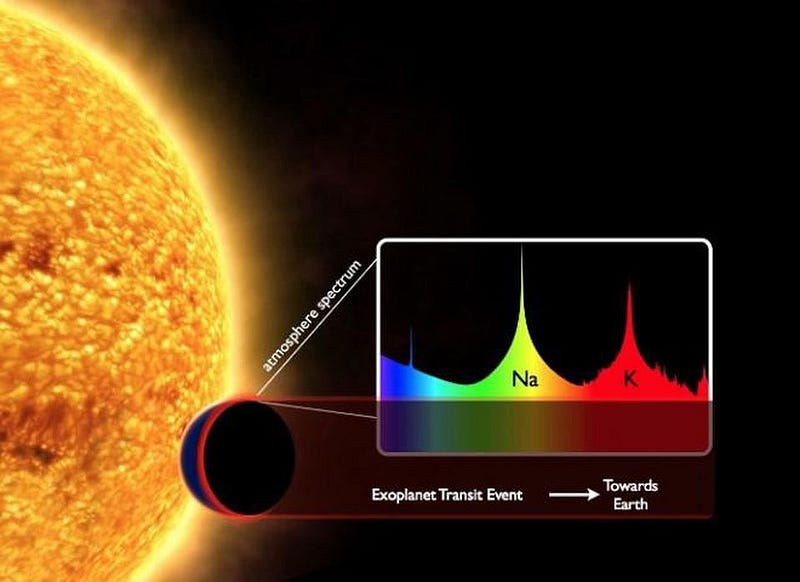
Perhaps even super-Earths, arguably more numerous than Earth-sized worlds, might be potentially habitable under the right circumstances. The wonderful thing about this idea is that it’s testable just as easily as an Earth-like world around a Sun-like star. To examine a planet for hints of life, we can approach this puzzle with many different lines of inquiry. We can:
- wait for a planetary transit and try to perform spectroscopy on the absorbed light, probing the contents of an exo-atmosphere,
- we can try and resolve the world itself with direct imaging, looking for seasonal variations and signs such as the periodic greening of the world,
- or we can look for nuclear, neutrino, or techno-signatures that might indicate the presence of a planet being manipulated by its inhabitants, whether they are intelligent or not.
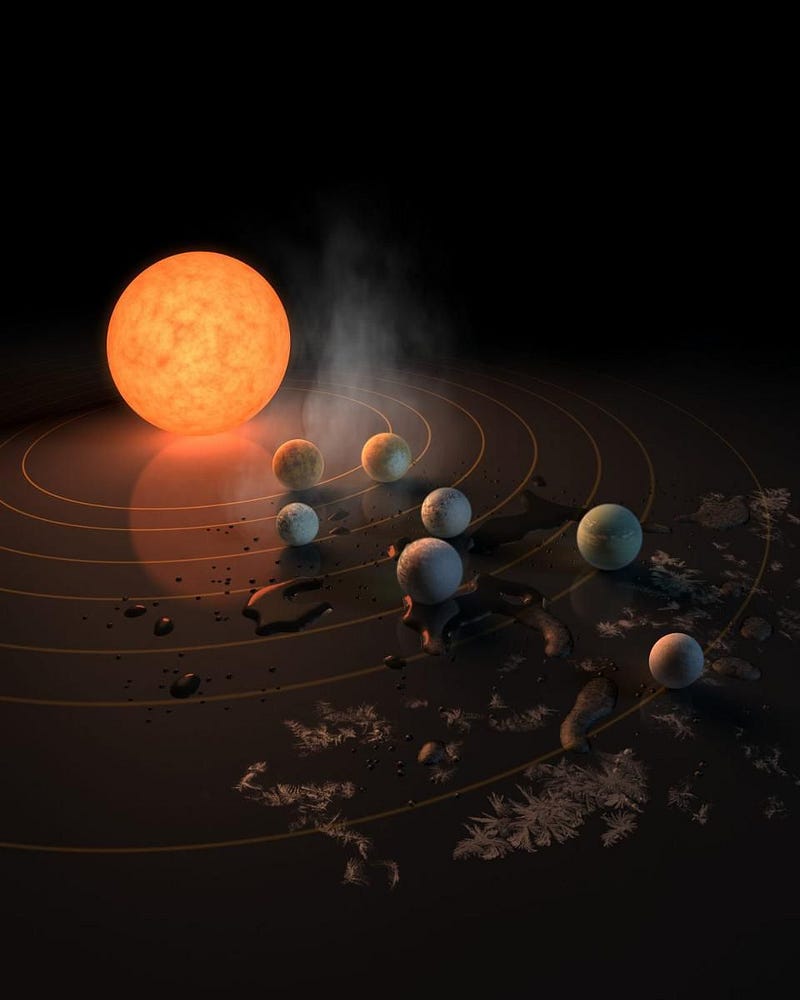
It may be the case that life is rare in the Universe, in which case it will require us to look at a lot of candidate planets — possibly with very high precision — in order to reveal a successful detection. But if we search exclusively for planets that have similar properties to Earth, and we restrict ourselves to looking at parent stars and solar systems that are similar to our own, we are doomed to get a biased representation of what’s out there.
You might think, in the search for extraterrestrial life, that more is more, and that the best way to find life beyond Earth is to look at greater numbers of candidate planets that might be the Earth 2.0 we’ve been dreaming of for so long. But non-Earth-like planets could be home to life that we’ve never considered, and we won’t know unless we look. More is more, but “different” is also more. We must be careful, as scientists, not to bias our findings before we’ve even truly started looking.
Ethan Siegel is the author of Beyond the Galaxy and Treknology. You can pre-order his third book, currently in development: the Encyclopaedia Cosmologica.





